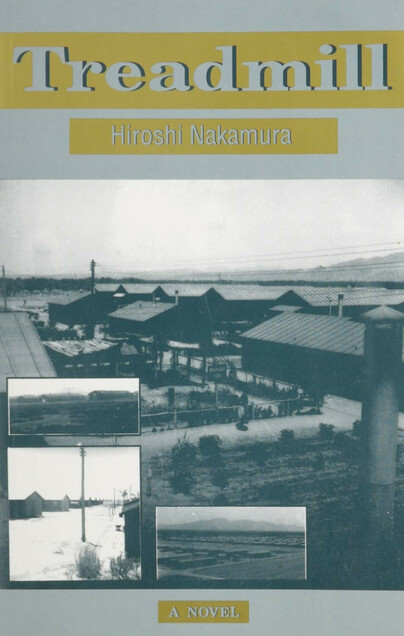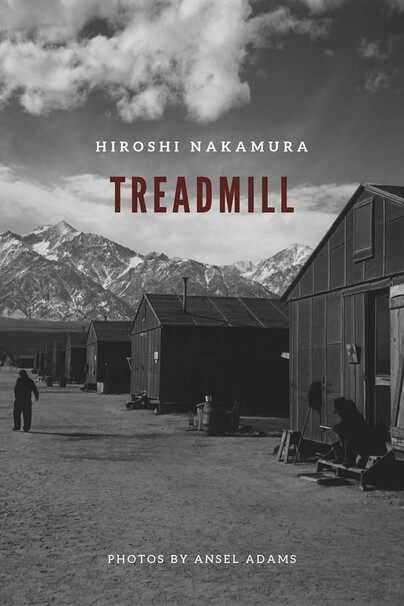

Pages: 258
ISBN: 9780889625952
Pub Date: March 2021
Imprint: Mosaic Press
Price:
£12.95
Usually available in 6-8 weeks
Pages: 240
ISBN: 9781771615921
Pub Date: March 2022
Imprint: Mosaic Press
Price:
£18.95
This book will be reprinted and your order will be released in due course.
Description:
Treadmill is a truly unique and historically significant novel and the only book written about life in the Japanese-American internment camps during World War II written at the time by an internee.Hiroshi Nakamura, along with his family, spent the war years in Salinas Assembly Center, Salinas, California; Camp II of the Poston Relocation Center, Parker, Arizona; and Tule Lake Segregation Center, Newell, California. It was during this period that he put down on paper what he was observing, experiencing, and hearing and expressed them in this novel.Nakamura captures exquisitely the thinking and mood of the people. It accurately evokes the fears, anxieties, suspicions, cynicisms and passions brought out by camp life. Nakamura ‘almost’ succeeded in getting Treadmill published in the late 1940s. While editors and publishers thought well of the novel, they would not publish it as it was ‘too sensitive’ an issue. Professor Peter Suzuki discovered Treadmill while he was doing some research on internment camps of Japanese Americans.This revised edition of Treadmill contains a new introductory essay by Professor Tara Fickle discussing the historical importance of Nakamura’s work. Also included are a series of photographs of Japanese internment camps in California taken by renowned photographer Ansel Adams taken in 1943. Adams had unprecedented access to life inside the camps and these photographs provide an exceptional visual accompaniment to Nakamura’s story.
Treadmill is a truly unique and historically significant novel and the only book written about life in the Japanese-American internment camps during World War II written at the time by an internee.Hiroshi Nakamura, along with his family, spent the war years in Salinas Assembly Center, Salinas, California; Camp II of the Poston Relocation Center, Parker, Arizona; and Tule Lake Segregation Center, Newell, California. It was during this period that he put down on paper what he was observing, experiencing, and hearing and expressed them in this novel.Nakamura captures exquisitely the thinking and mood of the people. It accurately evokes the fears, anxieties, suspicions, cynicisms and passions brought out by camp life. Nakamura ‘almost’ succeeded in getting Treadmill published in the late 1940s. While editors and publishers thought well of the novel, they would not publish it as it was ‘too sensitive’ an issue. Professor Peter Suzuki discovered Treadmill while he was doing some research on internment camps of Japanese Americans.This revised edition of Treadmill contains a new introductory essay by Professor Tara Fickle discussing the historical importance of Nakamura’s work. Also included are a series of photographs of Japanese internment camps in California taken by renowned photographer Ansel Adams taken in 1943. Adams had unprecedented access to life inside the camps and these photographs provide an exceptional visual accompaniment to Nakamura’s story.

